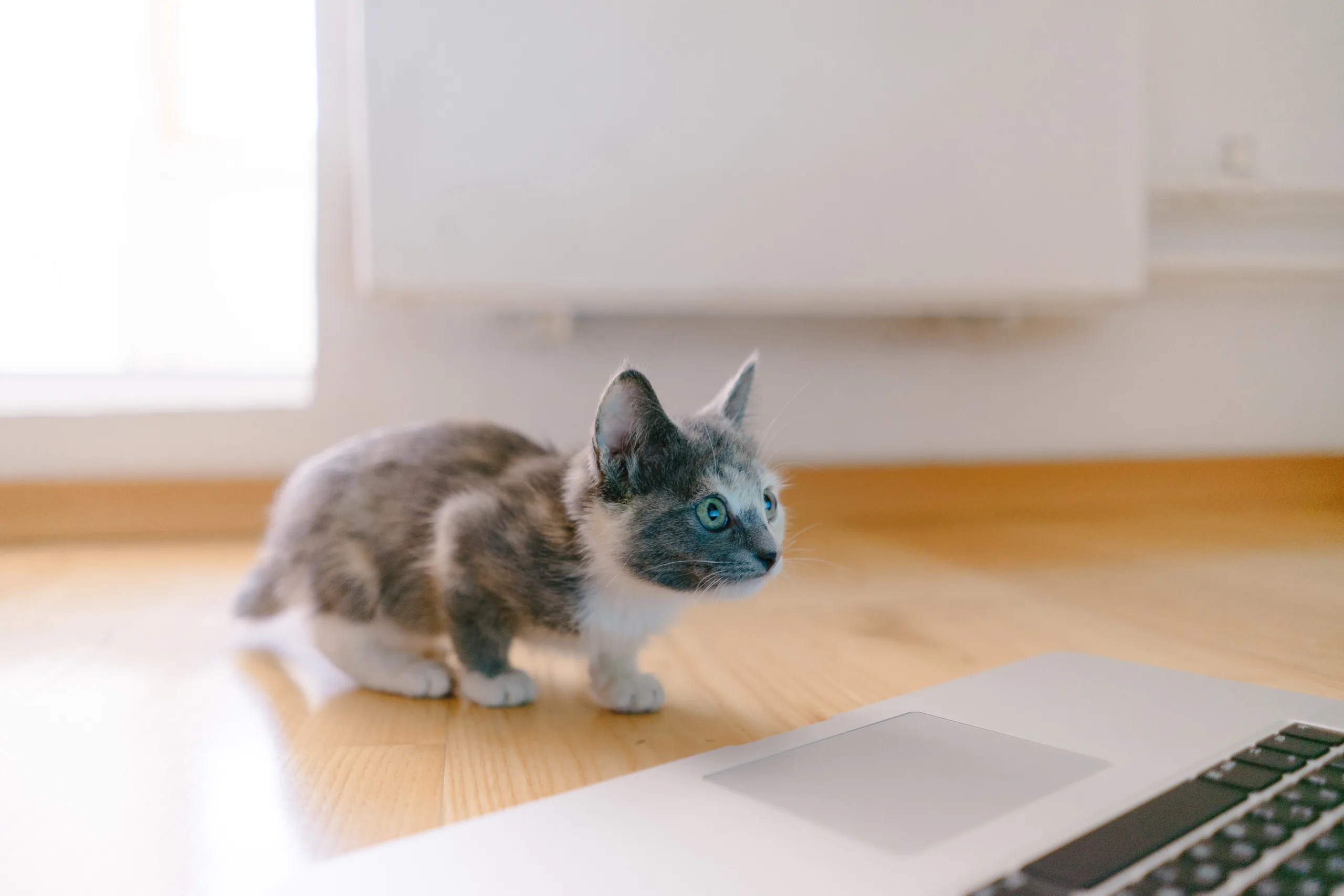Why Are Cats Scared of Balloons? The sight of a seemingly harmless balloon might trigger an unexpected reaction from your feline companion—a mixture of fear, curiosity, and cautious distance. The intricate world of feline behavior often holds surprises, and the fear of balloons is one such curiosity that cat owners may ponder. This article delves into the fascinating realm of feline behavior to uncover the reasons behind why cats are scared of balloons, explores common scenarios, and provides insights into understanding your cat’s unique personality.
For more about cats click here
The Startling Encounter: A Cat’s Perspective
Cats are known for their keen senses and selective sensitivities. When confronted with balloons, several factors may contribute to their apprehension:
**1. Unpredictable Movement:
- Balloons, when moved by air currents or touched, exhibit erratic and unpredictable movements. This unpredictability can trigger a cat’s instinctive response to retreat from potential threats.
**2. Unfamiliar Appearance:
- Balloons can appear unusual and foreign to cats, especially those that are inflated, brightly colored, or carry patterns that differ from their typical environment.
**3. Unnatural Sounds:
- Balloons, when touched or accidentally popped, produce sudden and unfamiliar sounds that can startle cats. This unexpected noise contributes to their unease.
Balloons and the Feline Senses
Cats rely heavily on their senses to navigate their surroundings and make sense of new stimuli. The experience of encountering a balloon engages multiple senses:
**1. Visual Sensitivity:
- Cats have sharp vision and are attuned to spotting potential threats or changes in their environment. The movement and appearance of balloons can arouse their visual sensitivity.
**2. Auditory Awareness:
- Cats possess acute hearing and are sensitive to even the slightest sounds. Balloons, with their potential for sudden noise, can trigger a cat’s instinct to flee.
**3. Tactile Caution:
- Balloons, when touched, can feel unusual to a cat’s delicate paws. This unfamiliar tactile sensation contributes to their wariness.
Individual Cat Personalities
**1. Sensitivity Variation:
- Cats have diverse personalities, and some may be more sensitive to novel stimuli than others. While one cat might be indifferent to balloons, another might perceive them as a potential threat.
**2. Past Experiences:
- Cats might develop a fear of balloons based on past negative experiences. For instance, if a balloon popped loudly in the vicinity of a cat, they might associate balloons with sudden, loud sounds.
FAQs on Why Are Cats Scared of Balloons?
What scares cats the most? Cats are sensitive creatures with varying fears. Common fears include loud noises, sudden movements, unfamiliar objects, and changes in their environment.
Can you have balloons around cats? You can have balloons around cats, but it’s important to observe their reactions and provide a safe space for them to retreat if they feel uncomfortable.
What makes a cat scared of everything? Some cats may have a more sensitive temperament, making them prone to being scared by various stimuli. Additionally, traumatic experiences or lack of exposure during their early socialization period can contribute to increased fearfulness.
Why are cats scared of noises? Cats have sharp auditory senses, and sudden or loud noises can startle them. They might perceive such noises as potential threats and instinctively respond by seeking safety.
Can cats scream in fear? Cats can emit loud vocalizations when frightened or startled. These vocalizations can range from hissing and growling to loud yowls. However, the term “scream” might not accurately describe their vocalizations.
Do cats meow in fear? Cats may meow in response to fear, discomfort, or stress. While meowing is more commonly associated with communication, it can also be an expression of their emotional state.
Navigating Feline Fears
Understanding your cat’s fears and sensitivities enhances your ability to provide a comfortable and reassuring environment. While some cats might be wary of balloons, it’s essential to create a safe and calm space where your feline friend can thrive. Balloons, like any other stimuli, should be introduced gradually and with sensitivity to your cat’s individual preferences and reactions.
External Links:
FAQs:
- What scares cats the most? Cats are sensitive creatures with varying fears. Common fears include loud noises, sudden movements, unfamiliar objects, and changes in their environment.
- Can you have balloons around cats? You can have balloons around cats, but it’s important to observe their reactions and provide a safe space for them to retreat if they feel uncomfortable.
- What makes a cat scared of everything? Some cats may have a more sensitive temperament, making them prone to being scared by various stimuli. Additionally, traumatic experiences or lack of exposure during their early socialization period can contribute to increased fearfulness.
- Why are cats scared of noises? Cats have sharp auditory senses, and sudden or loud noises can startle them. They might perceive such noises as potential threats and instinctively respond by seeking safety.
- Can cats scream in fear? Cats can emit loud vocalizations when frightened or startled. These vocalizations can range from hissing and growling to loud yowls. However, the term “scream” might not accurately describe their vocalizations.
- Do cats meow in fear? Cats may meow in response to fear, discomfort, or stress. While meowing is more commonly associated with communication, it can also be an expression of their emotional state.
